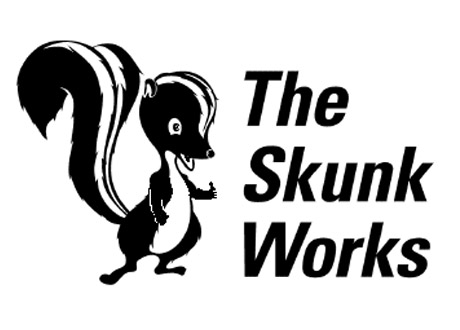7 Tips for Outcome-Driven Innovation
While many people believe that process and structure stifle creativity - the center of gravity for sourcing and inspiring innovation – this couldn’t be further from the truth. In fact, planning ahead streamlines the process and surfaces any potential bottlenecks ahead of time, resulting in a program that is more apt to produce meaningful outcomes and return on investment for organizations.









